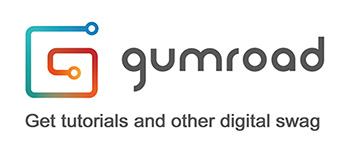"Work either for full price or for free, but never for cheap."
I think there is much truth in it, because even a cheap price has it´s price. Sometimes cheap can be good to get you some reward as a beginner, but the hardest part is then to climb up the ladder.
The illustration below pretty much sums it up:
The question always is how to raise a price with a client, once you are good enough to actually charge more?
There is not one universal key answer to that question, but first off, it is important to know what keeps you in the game of freelancing in the first place?
See an interesting chart of that pie below:
You either get work because you are good, easy to get along with or because you always deliver on time. The key is that you only need to fullfil 2 of these 3 criteria to stay in the game.
However, if you are keen on raising your prices you do better to concentrate on doing all three.
When I have to discuss pricing with a new client it all depends on the communication and wavelength. And actually one key criteria for me to either give a discount or charge more, is the factor time.
And time is the only factor I use to raise or lower a price. But it is crucial to know exactly how long you need to finish your work otherwise you can miserably fail.
One solution is to get faster. Optimizing your workflow and productivity gets you further but sadly only to a certain degree, that degree that is the agreed upon fee, which will not get magically more just because you need only 2 hours to finish the job instead of 10 hours.
So the only way to increase the sum is to charge more for less time.
If you can give a discount to someone who has time and don´t need an illlustration or artwork the next day, you can definitely do the opposite with clients who want an illustration yesterday.
If in a negotiation you present yourself as expert and show that your usual turnaround time is one week at that price, this always will look professional. If your prospective clients hesitate because of the higher price you can always give a discount for two weeks, three weeks turnaround time, but people learn that you know exactly that your value is time and that you exactly know what your time is worth.
If all else fails you can ask yourself if the client or target audience is right, every market has their own roster, editorial illustration for magazines have turnaround time of 2 days and less hence pay more than your average book publisher.




















0 comments:
Post a Comment